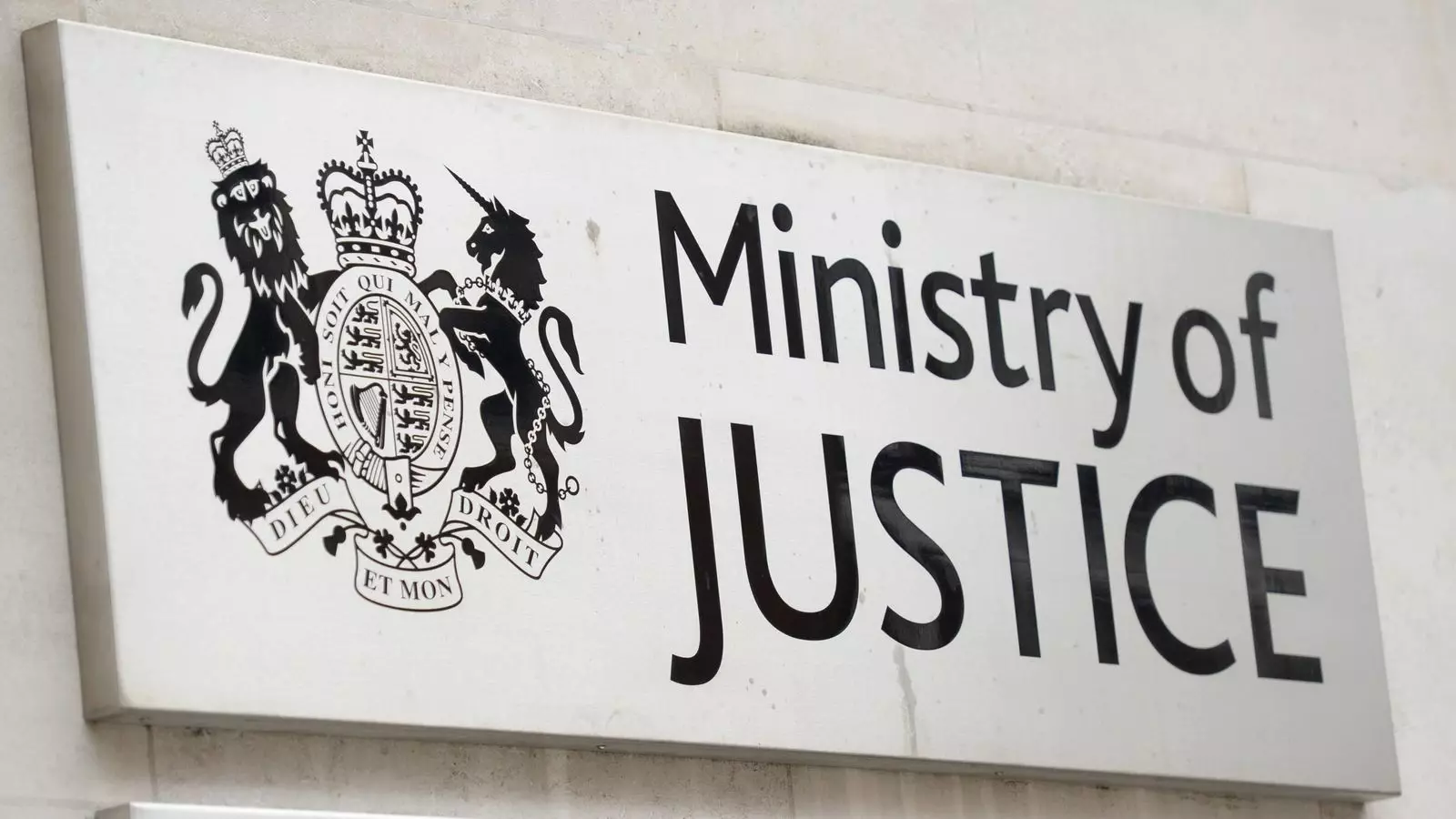The recent cyber attack on the Legal Aid Agency (LAA) has once again shone a glaring spotlight on the government’s failure to prioritize cybersecurity, revealing just how vulnerable our digital infrastructure really is. Millions of pieces of personal data, including sensitive information like criminal records, have been compromised, endangering the privacy and safety of countless individuals who sought legal support. The Ministry of Justice (MoJ), despite its role as a guardian of justice, has let down the very individuals it is supposed to protect, and this incident serves as a dire warning for what lies ahead if no substantial reforms are implemented.
The scale of the breach is staggering, and while the MoJ has been slow to confirm the extent, the defending hackers claim to have accessed 2.1 million records. This discrepancy between what the attackers assert and what the government admits raises serious concerns about transparency. It’s hard not to think that a degree of negligence in reporting is part of a pattern of mismanagement—one that has persisted for too long. An MoJ insider pointed fingers at the previous administration, claiming that the systemic vulnerabilities of the LAA had been known for an extended period. However, pointing blame only serves to further highlight the lack of proactive governance in safeguarding our data.
The Cost of Antiquated Systems
The root of this cybersecurity crisis lies in the dated IT systems that the LAA has been operating with. Stakeholders have reprimanded the agency for not modernizing its technological infrastructure, and as the Law Society pointedly stated, this incident is a clear testament to the urgent need for substantial investment. Keeping outdated systems in operation while knowing the ever-evolving world of cybercrime poses inherent risks cannot be overlooked; it reflects a fundamental disregard for public safety.
Jane Harbottle, the chief executive of the LAA, expressed her mortification over the breach and admitted the shocking nature of the news. While such sentiments may resonate with many, they do little to assure the public that the agency is committed to significant and lasting change. Apologies are no substitute for actionable strategies. If the LAA is serious about regaining public trust, it must take decisive steps—not only to enhance their cybersecurity measures but also to adopt a forward-thinking approach to technology.
The Human Cost of Digital Negligence
What is often overlooked in these types of breaches is the real human impact behind the data. The information compromised can affect individuals for a lifetime, jeopardizing their financial stability and personal safety. When people apply for legal aid, they are often already facing significant hardships. The thought of their most personal information being in the hands of malicious hackers adds an extra layer of stress to an already overwhelming situation. Alerts from the MoJ urging individuals to change their passwords and stay vigilant against phishing attempts feel inadequate when faced with the gravity of the breach.
Moreover, the call to action comes too late; many victims may already face repercussions before they have had the chance to respond effectively. In a world where our digital footprints dictate a significant portion of our lives, the ramifications of such negligence cannot be overstated. The failure to protect sensitive data is not just an administrative error; it is a breach of trust that ripples across society.
The Role of Government in Digital Safety
As citizens, we expect our government to not only advocate for justice but to act as a bastion of security in an increasingly digital world. The Ministry of Justice’s lack of vigilance raises critical questions about its commitment to safeguarding the rights of its constituents. Shouldn’t the very institutions established to serve the public be held to a higher standard? The compromises in cybersecurity cannot be brushed aside as mere administrative oversights; they are a call to reassess our commitment to digital safety.
This alarming event underscores the urgent need for a comprehensive re-evaluation of how governmental bodies manage digital information. Investment in modern technologies is not merely a matter of funding; it involves prioritizing the safety and well-being of citizens over inefficient and outdated practices. A future where such breaches are less common must begin with a fundamental shift in how we approach cybersecurity at all levels of governance. The time for half-hearted measures is over; it’s time for radical change fueled by a clear understanding that our digital world requires diligent stewardship.



Leave a Reply